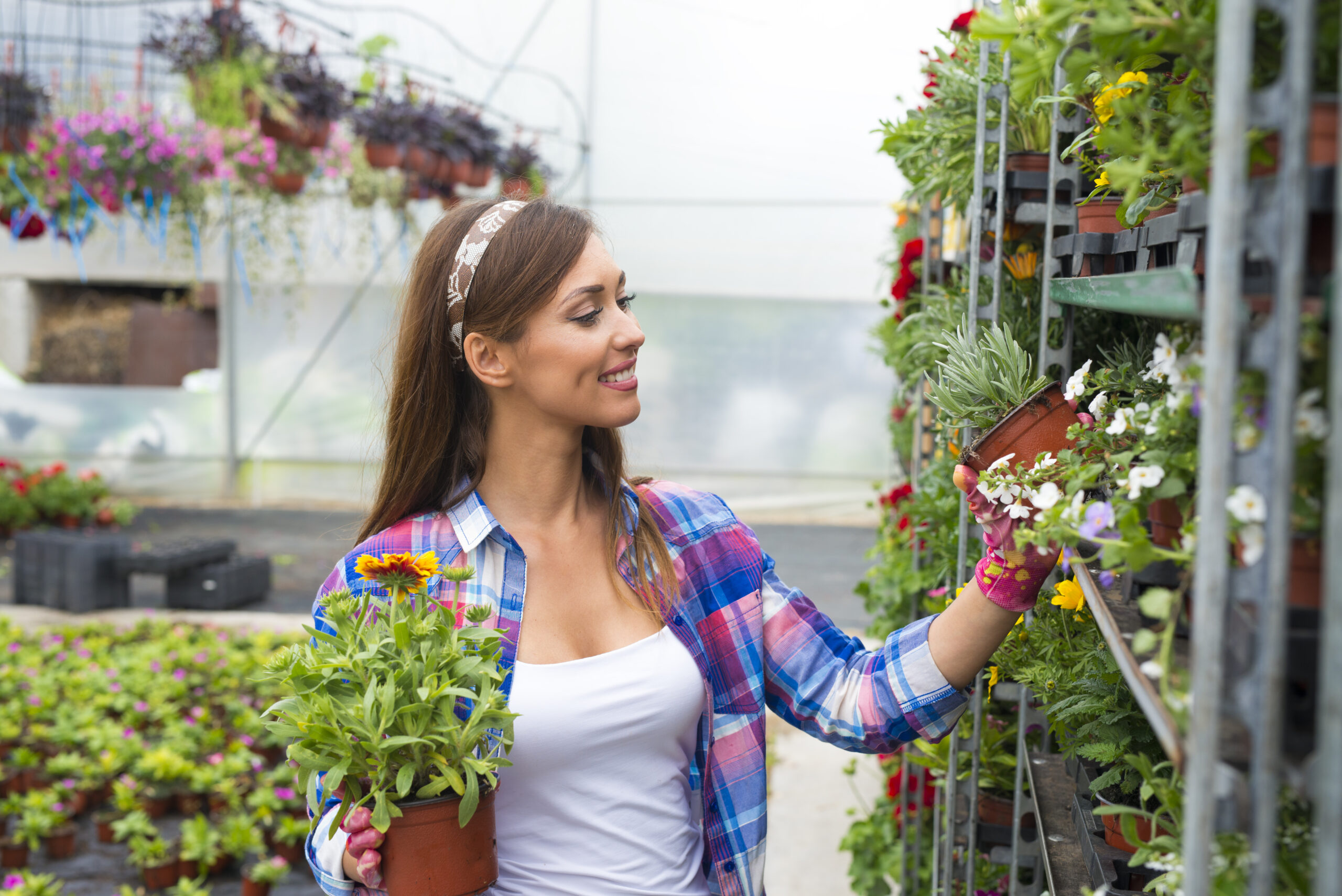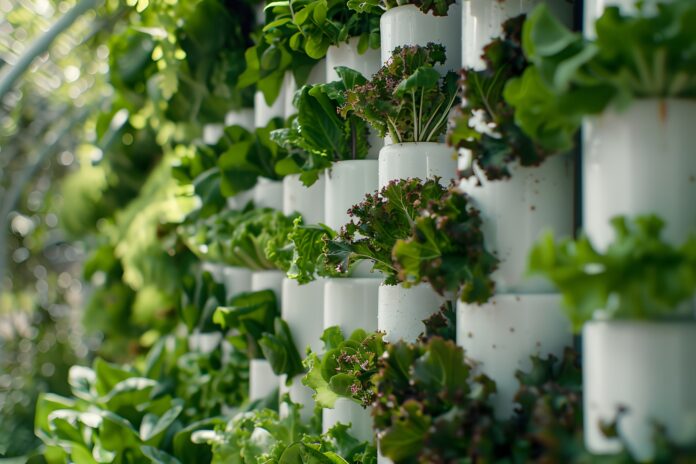Vertical gardening is revolutionizing the way we grow plants, offering a modern, space-efficient solution to traditional gardening. As urbanization increases and living spaces shrink, vertical gardening has become a popular trend among gardeners, environmentalists, and homeowners. But what exactly is vertical gardening, and why is it gaining so much attention? In this comprehensive guide, we’ll explore the concept of vertical gardening, its various benefits, and how you can get started.
What is Vertical Gardening?
Vertical gardening involves growing plants on vertical surfaces such as walls, fences, or specially designed structures. Unlike traditional gardening, which requires extensive ground space, vertical gardening allows you to cultivate plants upward, making it an ideal choice for small spaces. This method uses a variety of techniques, including hanging pots, trellises, wall planters, and hydroponic systems.
The concept isn’t new; ancient civilizations like the Babylonians employed similar methods, as seen in the Hanging Gardens of Babylon. Today, vertical gardening has evolved into a practical and aesthetic solution for urban dwellers and garden enthusiasts alike.

Types of Vertical Gardening
- Living Walls (Green Walls): These are walls covered with plants, either partially or entirely, often supported by a frame. Living walls can be indoors or outdoors and may include irrigation systems.
- Trellises and Arbors: Ideal for climbing plants like vines, roses, or cucumbers, these structures support plants as they grow upward.
- Hanging Gardens: Using pots or containers hung from ceilings or wall-mounted hooks, this method adds greenery without taking up floor space.
- Hydroponic Vertical Gardens: These gardens use nutrient-rich water instead of soil, making them a clean and efficient option for indoor spaces.
- Pocket Planters: Fabric or felt pockets mounted on walls can hold soil and plants, creating a vibrant, textured look.
Benefits of Vertical Gardening
1. Space Efficiency
One of the most significant advantages of vertical gardening is its ability to maximize limited space. Whether you live in a small apartment or have a compact backyard, vertical gardening allows you to grow plants without the need for sprawling land.
2. Improved Air Quality
Plants naturally filter air by absorbing pollutants and releasing oxygen. Vertical gardens, especially indoors, can significantly enhance air quality, creating a healthier living environment.
3. Aesthetic Appeal
Vertical gardens can transform dull walls and fences into lush, green spaces. They add a modern, sophisticated touch to homes and offices, boosting property value and visual appeal.
4. Better Plant Health
Growing plants vertically improves air circulation around the foliage, reducing the risk of pests and diseases. This method also ensures better exposure to sunlight for all plants.
5. Accessibility
Vertical gardens are easier to maintain, especially for people with mobility issues. Harvesting and pruning can be done without bending or kneeling, making gardening more enjoyable for everyone.
6. Insulation and Energy Savings
Green walls act as natural insulators, reducing heat absorption and lowering indoor temperatures. This can lead to significant energy savings by reducing the need for air conditioning.
7. Increased Crop Yield
By utilizing vertical space, you can grow more plants in a smaller area. This is particularly beneficial for vegetables and herbs, providing a steady supply of fresh produce.
8. Water Conservation
Many vertical gardening systems include drip irrigation or hydroponic setups, which minimize water waste. The contained design prevents runoff and ensures efficient water use.
9. Noise Reduction
Green walls can help absorb sound, making them a practical solution for noisy urban areas. They act as natural sound barriers, creating a more peaceful environment.
10. Stress Relief and Mental Health Benefits
Gardening has been proven to reduce stress and promote mental well-being. Vertical gardens bring nature closer to you, offering a calming and therapeutic experience.

How to Start Your Vertical Garden
1. Choose the Right Location
Select a wall or space with adequate sunlight for the plants you intend to grow. For indoor gardens, consider using grow lights if natural light is limited.
2. Select Suitable Plants
Not all plants thrive in vertical gardens. Choose lightweight plants with shallow roots, such as:
- Herbs: Basil, mint, thyme, parsley
- Vegetables: Lettuce, spinach, cherry tomatoes
- Flowers: Petunias, ferns, succulents
3. Pick a Vertical Gardening System
Decide on the structure that best suits your space and budget. Options include DIY wooden frames, commercial vertical garden kits, or hydroponic systems.
4. Prepare the Soil and Nutrients
Use lightweight, nutrient-rich soil to ensure plant health. For hydroponic systems, invest in quality nutrient solutions.
5. Install Irrigation Systems
To reduce maintenance, consider adding a drip irrigation system. This ensures consistent watering without the hassle of manual upkeep.
6. Monitor and Maintain
Regularly check for pests, prune overgrown plants, and replenish nutrients as needed. Vertical gardens require ongoing care to thrive.
Common Challenges and Solutions
1. Overwatering or Underwatering
Solution: Use a moisture meter or install a drip irrigation system to regulate water levels.
2. Plant Weight
Solution: Ensure your wall or support structure can handle the weight of the plants and soil. Use lightweight materials whenever possible.
3. Sunlight Access
Solution: Rotate plants or use adjustable structures to ensure even sunlight distribution.
4. Pest Control
Solution: Introduce natural predators like ladybugs or use organic pesticides to keep pests at bay.
Inspirational Ideas for Vertical Gardens
- Kitchen Herb Wall: Grow fresh herbs like basil, mint, and cilantro right in your kitchen for easy access while cooking.
- Indoor Succulent Wall: Create a low-maintenance, visually stunning wall using various succulents.
- Edible Vertical Garden: Grow a mix of vegetables and fruits such as strawberries, lettuce, and cherry tomatoes.
- Outdoor Privacy Screen: Use a vertical garden as a natural barrier to add privacy and greenery to your outdoor space.
- Artistic Green Wall: Design a vertical garden in creative patterns to make a bold statement in your living room or patio.
Conclusion
Vertical gardening is more than just a trend; it’s a sustainable, space-saving solution that offers numerous environmental, aesthetic, and health benefits. Whether you’re a seasoned gardener or a beginner, this innovative approach can transform your living space into a lush, green sanctuary. By following the tips and ideas shared in this guide, you can create a thriving vertical garden that not only enhances your surroundings but also contributes to a healthier planet.



